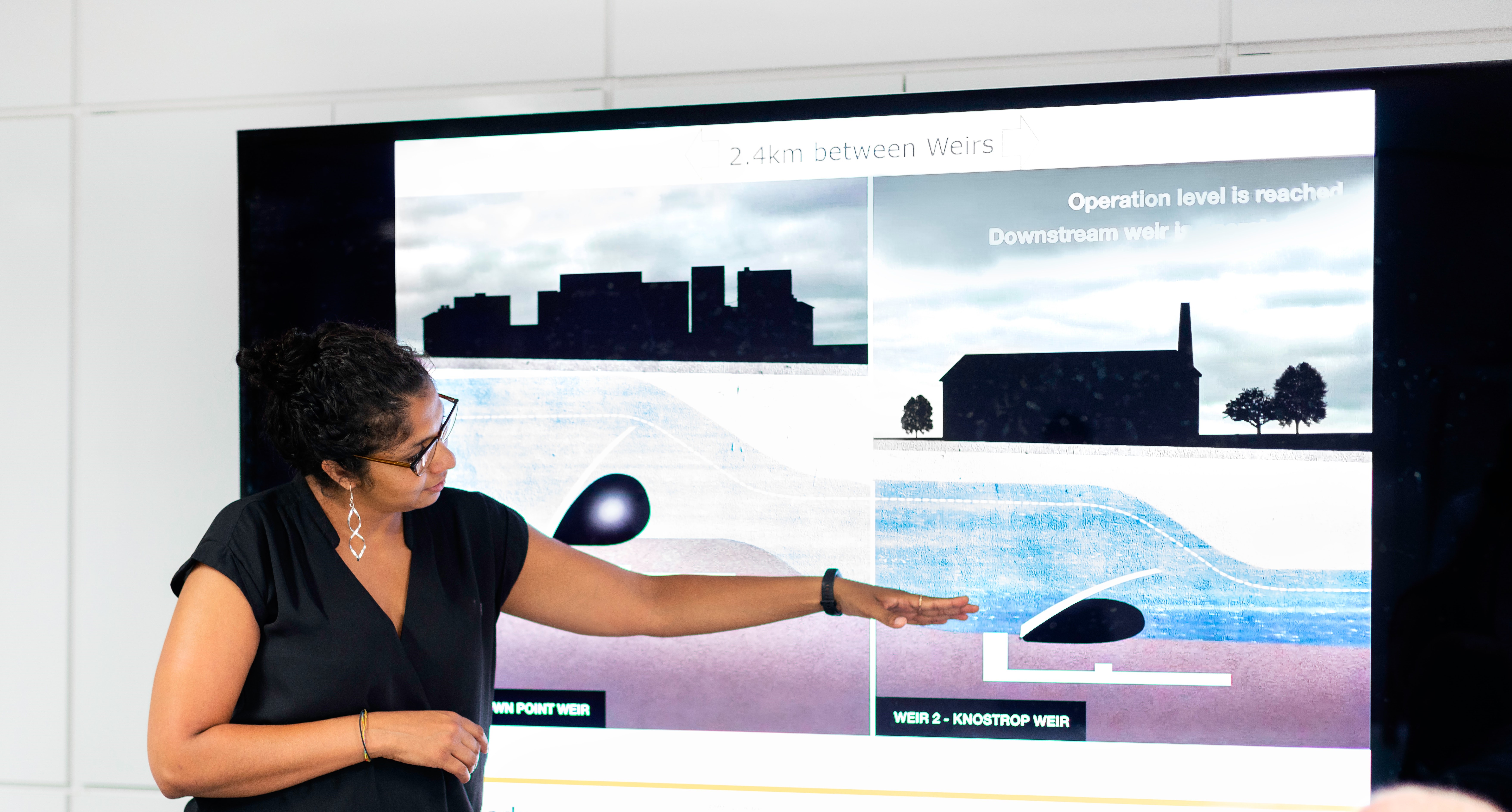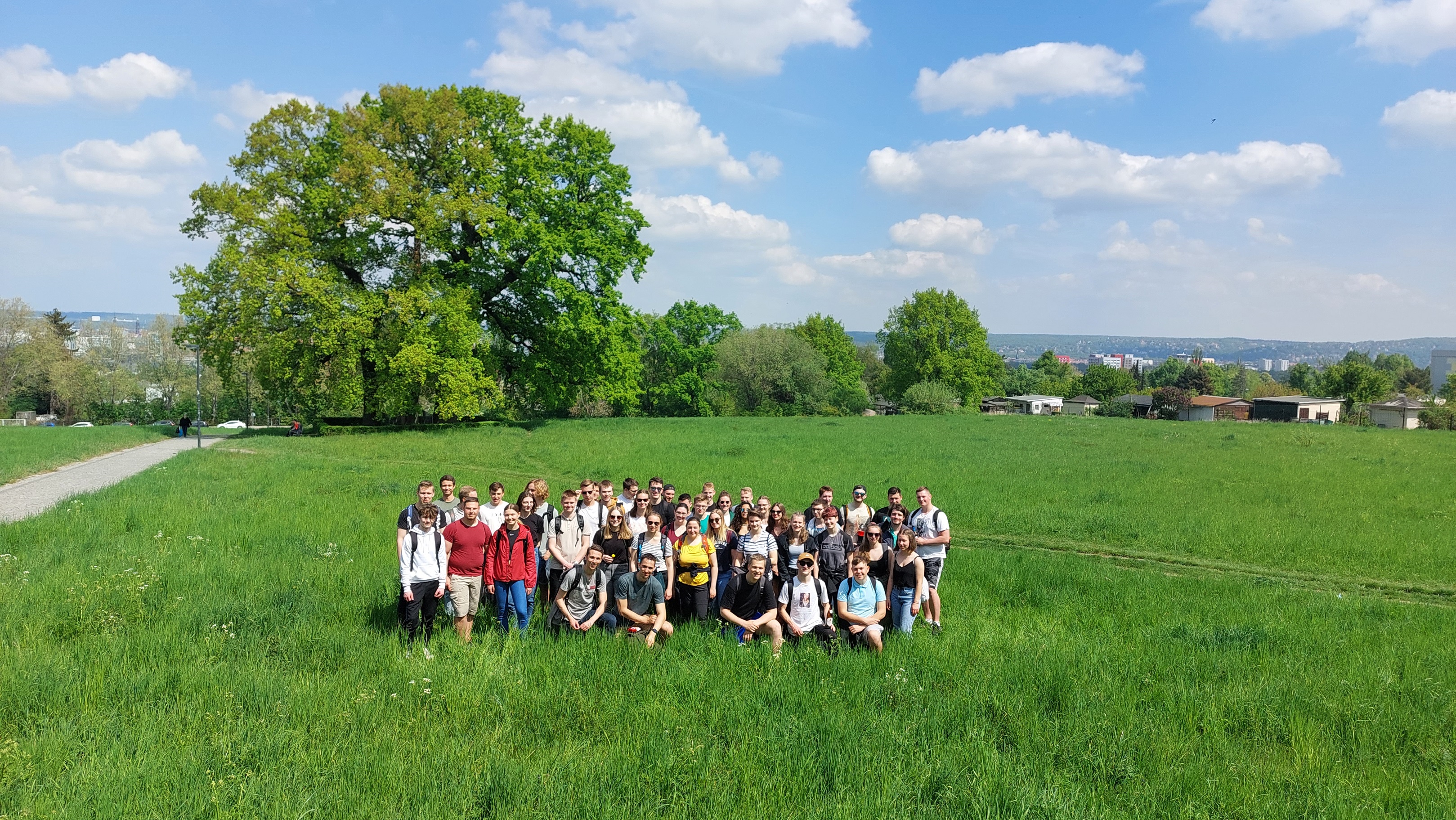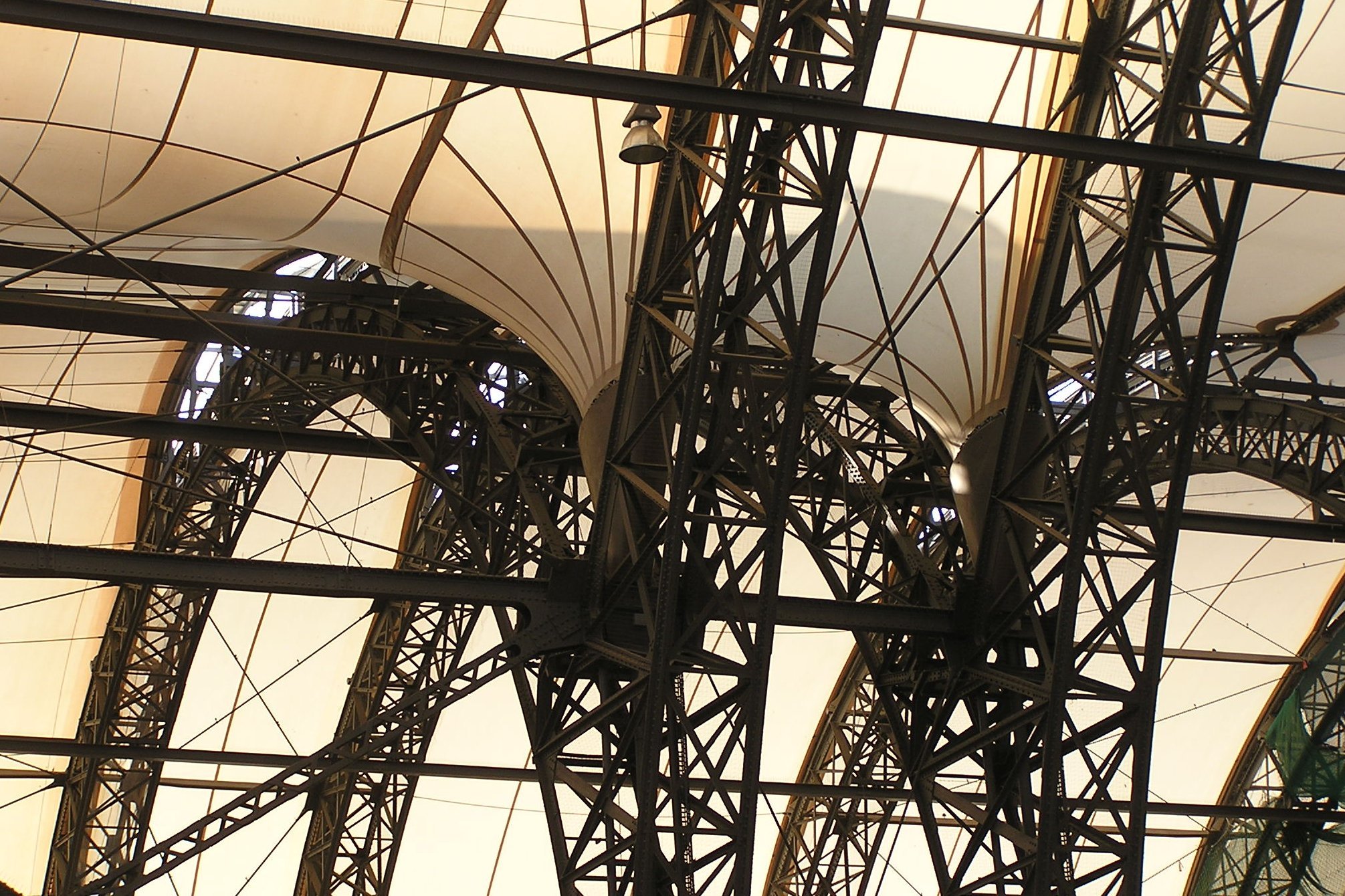
Building and designing their environment has always been one of people's original needs. In addition to protective shelters, buildings have always been erected for religious purposes and for representation.
With industrial development, construction took on a new dimension. In addition to traffic routes such as roads and railway lines with bridges and tunnels, more and more functional buildings such as halls, schools, railway stations, industrial plants and towers were added.
The design of the cities and the individual buildings was always influenced by the social views and architectural trends of the respective epochs.
The needs of our time and new technical possibilities influence today's design and construction. Building materials with completely new properties, highly developed calculation and visualisation methods as well as innovative building technologies enable modern architectural solutions and generously designed buildings.
All this places high demands on the training of future civil engineers. In addition to basic knowledge, more and more special knowledge in planning and design must be imparted.
Building is a part of many areas of daily life. Only those who consider the requirements of aesthetics, usability, ecology, energy and cost efficiency will be able to compete in the future.





